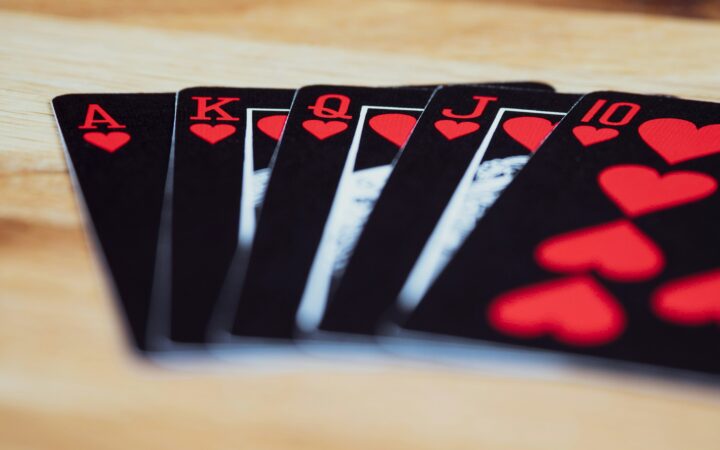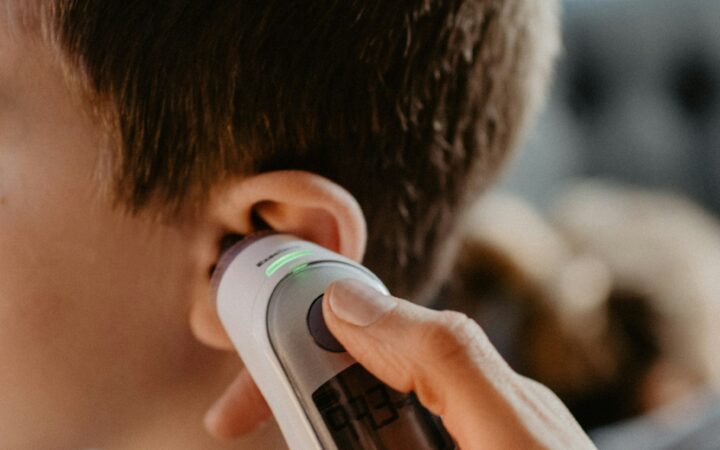I’ve been very lucky so far in my life and managed not to break anything, but my son has sprained his ankle a couple of times. This guest post about treating sprains and strains is very helpful and might save you a trip to the Doctors.
Sprains and strains are a common type of injury that occur when muscles and ligaments become stretched or torn. Symptoms can include swelling, pain, bruising, muscle cramps and loss of use of the affected area. Luckily, these types of injuries are not usually a cause for concern and can be cared for at home without the need for medical assistance. To help you on the road to recovery, here are a few self-care techniques that can be used to treat sprains and strains.
Medical treatments
Over the counter painkillers, such as paracetamol, are often recommended to provide pain relief from strains and sprains. If the pain is more severe and does not improve with ordinary painkillers, an additional, stronger medication may be prescribed by your doctor. For example, non-steroidal anti-inflammatory drugs (NSAID) may be recommended to help treat the injury and relieve swelling. Bear in mind that these drugs should not be used in the first 48-72 hours following an injury because they can disrupt the healing process during this early stage. There is also a range of electrical medical treatments that can be used to treat sprains and strains, such as transcutaneous electrical nerve stimulation (TENS) machines. These devices use a mild electrical current to provide pain relief for joints and muscles and they are available from most pharmacies or sites such as www.lloydspharmacy.com.
PRICE and HARM therapy
If the injury is minor, you can treat the affected area by using PRICE therapy and avoiding HARM. PRICE stands for protection, rest, ice, compression and elevation. For the first two days after you have been injured, you should avoid HARM, which means you should keep away from heat, alcohol, running and massage.
However, it’s a good idea to speak to your GP or pharmacist before using any self-care techniques. Depending on your type of injury, you may be able to start moving the affected area early on or you may need to immobilise it for longer.
When to see a GP
While most strains and sprains can be managed at home, there are some instances when you may need to see a doctor. For example, if the pain is excessive, you cannot move or put weight on the injured area, there is discoloration of the skin or numbness or you see no signs of improvement after self-care treatment, you will need to seek medical aid as soon as possible. For more severe injuries, such as muscle strains, you doctor may recommend physiotherapy to help reduce your risk of developing long-term problems.
Recovery time
Remember, the time it takes to recover from sprains and strains can vary considerably. While most people will recover within six to eight weeks, the healing process for more serious injuries may take longer and you may not be able to return to normal activities for a few months.











Leave a Reply